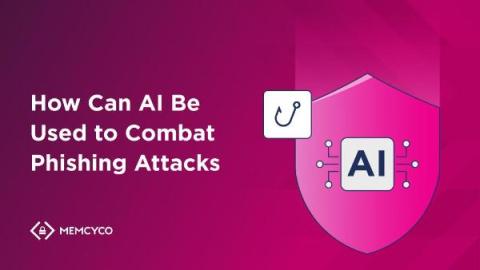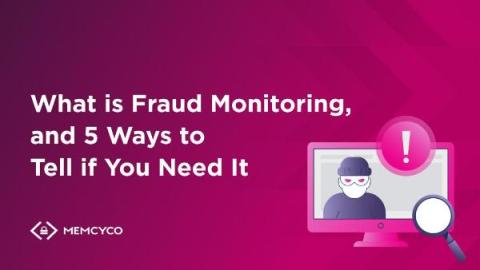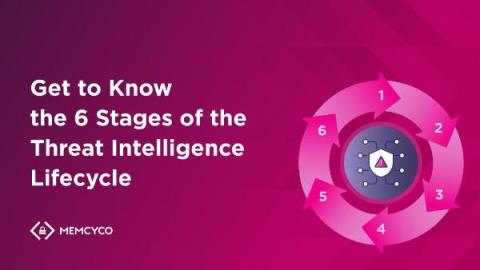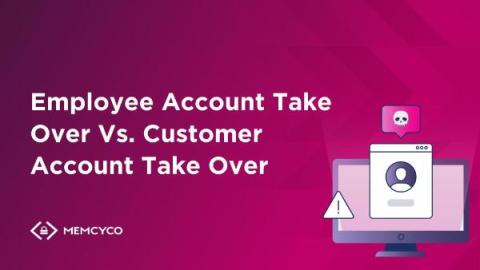How Can AI Be Used to Combat Phishing Attacks
Phishing is not going away—it’s morphing and evolving. As an example, in late 2022 the overnight commodification of artificial intelligence (AI) changed the phishing threat landscape forever, lowering the barrier to entry for novice fraudsters who had previously had the motives, but lacked the means to launch sophisticated scams. ChatGPT and fraud-specific Generative AI tools (like the aptly named FraudGPT and WormGPT) granted malefactors the ability to supercharge and scale their operations.











